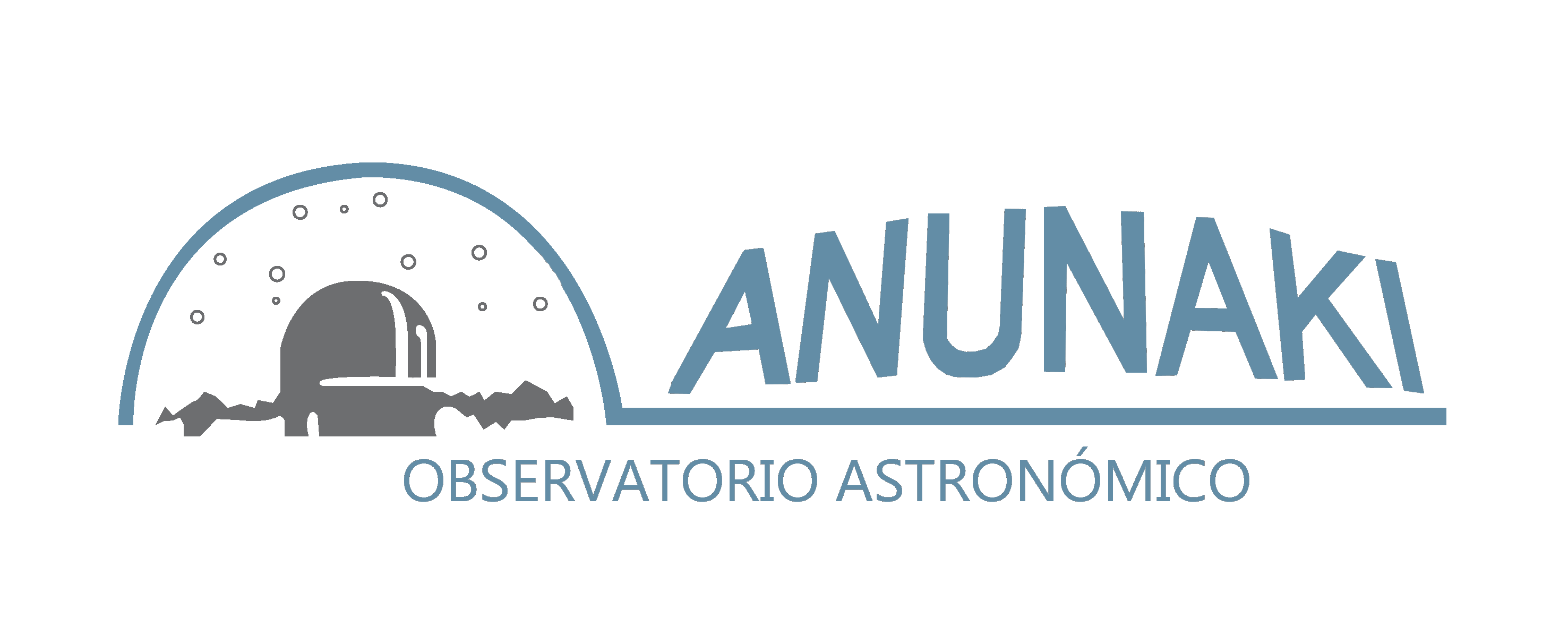ProAm
collaborates with professional astronomers
We show you the ProAm collaboration projects in which you can participate, do you have an astronomical team and want to dedicate it to research?, find the project that best suits you.
Today more than ever you have the opportunity to collaborate in research projects; exoplanet transits, asteroid light curves, NEO’s, light pollution studies and much more.
ETD Exoplanet Transit Database
Project coordinated and managed from the Czech Republic whose objective is to observe transits of known exoplanetary systems, search for new exoplanets in known transiting systems and look for new transiting exoplanetary systems.
GAIA-Gosa
Project to obtain light curves of asteroids to infer their morphology, will be used to improve the results of the gaia inversion algorithm (the mission of the European Space Agency).
Exoclock
ARIEL, the Atmospheric Remote-sensing Infrared Exoplanet Large-survey, was selected as the fourth medium-class mission in ESA’s Cosmic Vision programme. During its 4-year mission, ARIEL will study what exoplanets are made of, how they formed and how they evolved, by surveying a diverse sample of about 1000 extrasolar planets, simultaneously in visible and infrared wavelengths. It is the first mission dedicated to measuring the chemical composition and thermal structures of hundreds of transiting exoplanets, enabling planetary science far beyond the boundaries of the Solar System.
List of SEA projects
K2OjOS
Collaboration between the University Institute of Space Sciences and Technologies of Asturias (ICTEA) and the Asturian Astronomical Society Omega. The project consists of visual inspection of the light curves of the Keplar Space Telescope’s Campaign 18 on its extended mission (K2). The purpose of the collaboration is the detection of new exoplanet candidates, the refinement of the parameters of planets already confirmed from previous campaigns overlapping with C18, detect and characterize new variable stars and analyze the performance of visual analysis of light curves against automatic search methods.
Night Watchers
A citizen science project, promoted from the amateur field, in which measurements of the brightness of the sky bottom are taken to assess the impact of light pollution.
PVOL (Planetary Virtual Observatory and Laboratory)
Database with images of planets of the Solar System taken from the Tierrra, mostly taken from the amateur field. Amateur astronomers make their observations available and various teams of professionals and amateurs use them for research and dissemination purposes of astronomy.
ROOFTOP (Zenital Astronomy from the hOgar in Times of Extreme Isolation)
Measuring light pollution from home. This project proposes a study over time of the brightness and color of the night sky through measurements obtained from home with the help of digital cameras of common use.
REDVO Project: Review of Forgotten Visual Double Stars
Its objective is to identify and measure visual double stars with separations greater than 1″ for which there is only one historical measurement in the Washington Double Star Catalog (WDS). Through the use of the Virtual Observatory (ALADIN) we will proceed to visualize these images, identify the pairs, perform the corresponding relative astrometry and determine physical parameters of the pairs confirmed with photometry and movements of the catalog
Project website
Anyone interested in participating in this project should contact esm@cab.inta-csic.es
SASDABA Project. Spectroscopic archive of bright stars
The SASDABA project seeks the creation of a spectra archive of about 2,000 bright stars (with magnitude V<5). This project becomes an excellent resource for teachers, students and amateurs who wish to carry out introductory work on stellar spectroscopy, as well as studies of atmospheric and instrumental factors that affect observations. SASDABA provides access to the original observation data as if the user had obtained them from the observatory.
Project website
Anyone interested in participating in this project should contact esm@cab.inta-csic.es
Nixnox
The places where you can enjoy dark skies that allow you to observe the celestial vault in all its splendor are disappearing because of light pollution. The Spanish Society of Astronomy (SEA) promotes a common effort between amateurs and professionals to motivate Spanish society in the care of the quality of the night sky. It is about locating places in Spain where you can observe the sky, to encourage society to enjoy these spaces and encourage public administrations to value and preserve them.
Cities at Night
The Cities at Night project is a citizen science project that tries to locate nighttime images of cities taken by astronauts from the International Space Station and use them to make a night map of the world. Sorting the images automatically is unfeasible, which is why the project uses web applications with which everyone can help classify, locate and fit these images into a map that will show the most accurate data on light pollution obtained to date.
Identification of near-Earth asteroids
This is an educational program coordinated by the Spanish Virtual Observatory, whose main objective is to offer students, amateur astronomers and the general public the possibility of identifying in astronomical archives asteroids that can impact the Earth.




